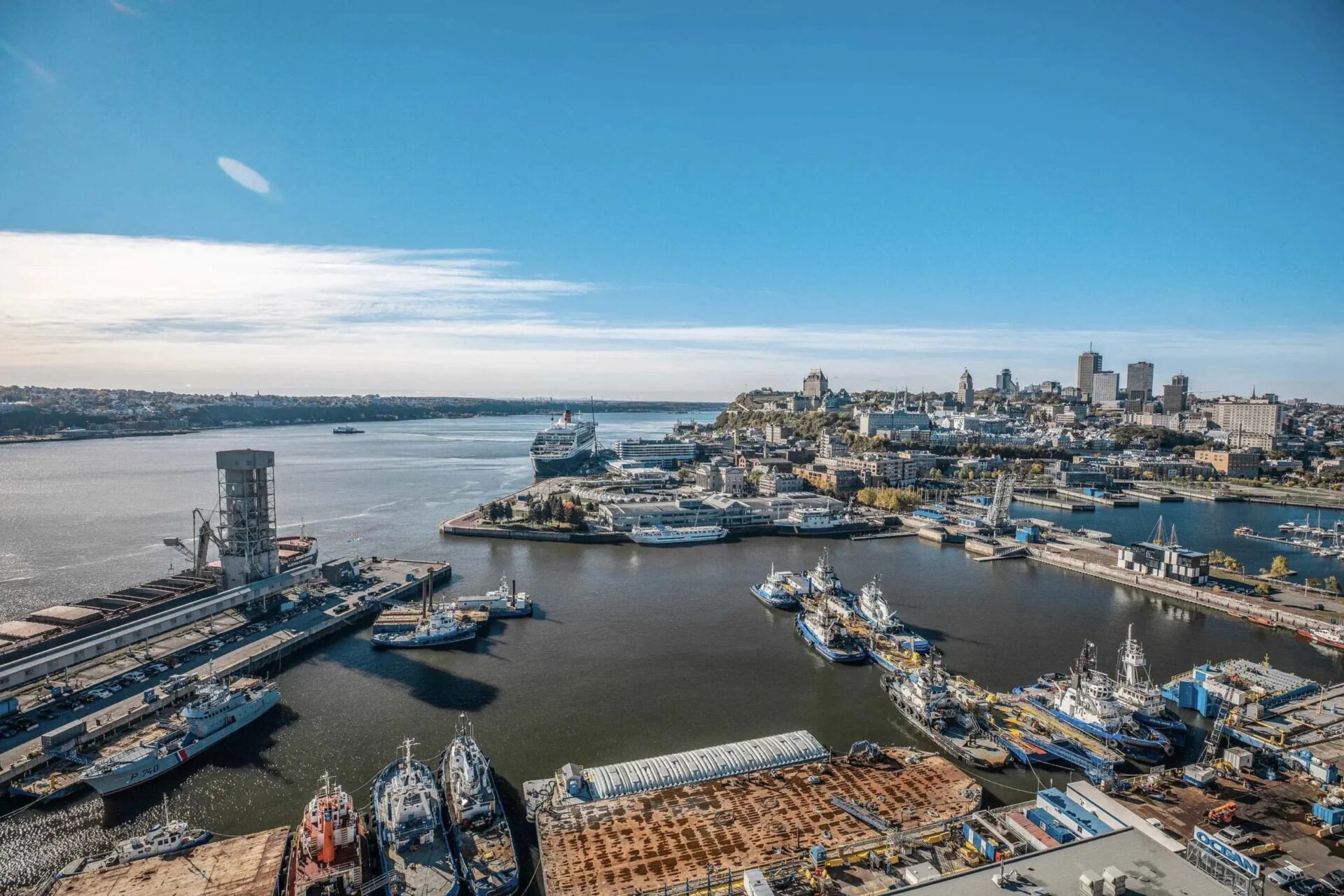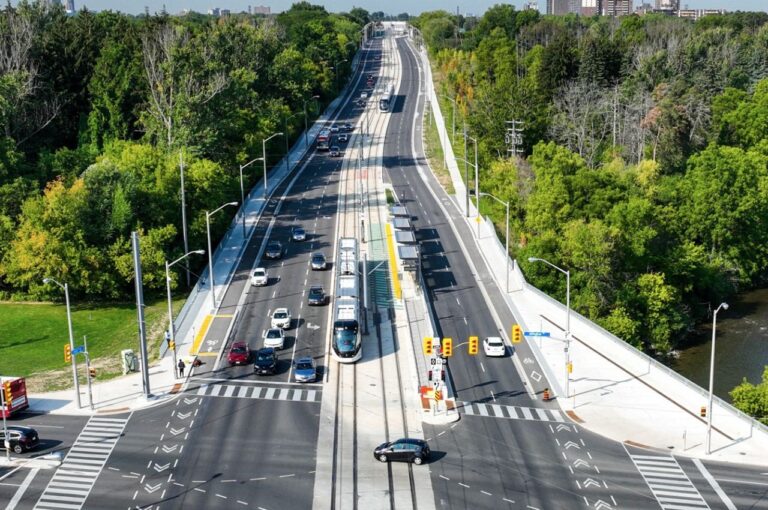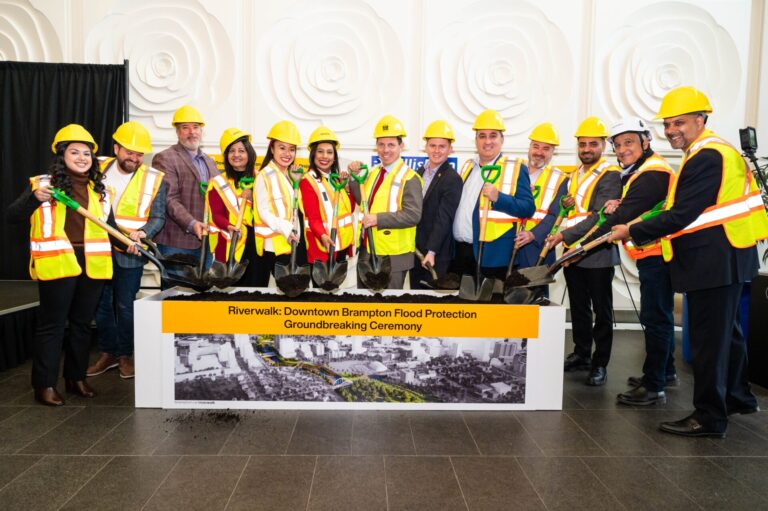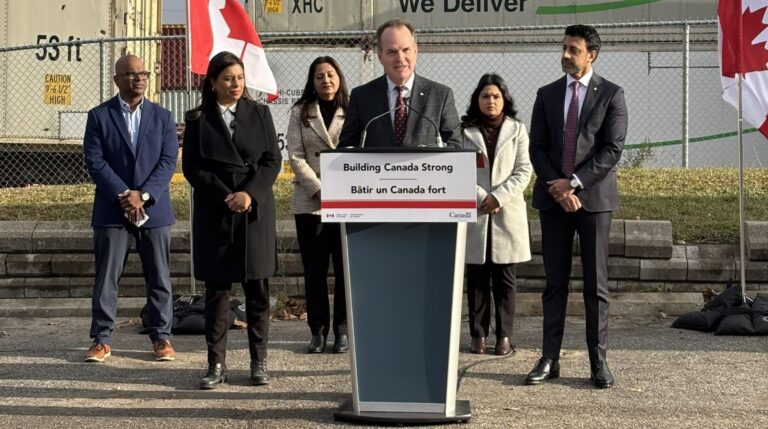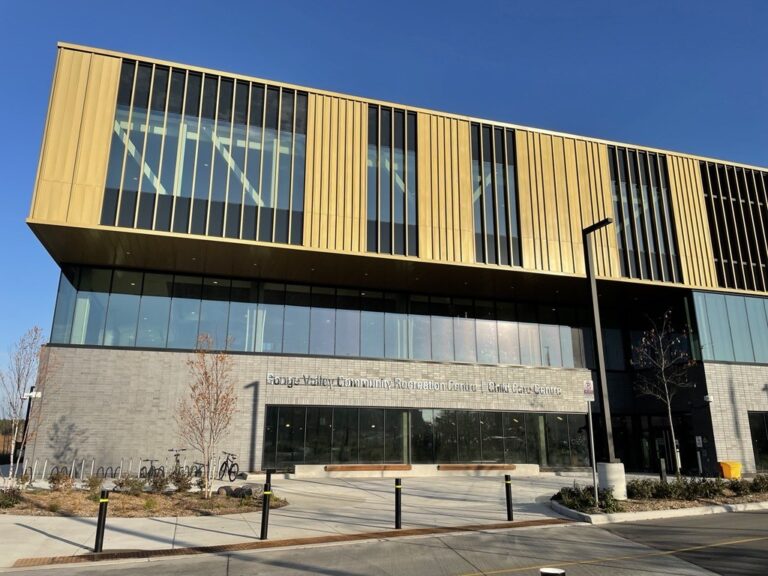The Port of Québec unveiled an ambitious infrastructure modernization plan that involves $1.7 billion in estimated investments over 10 years.
This major initiative fits within a long-term vision to transform the Port by rebuilding the century-old wharves – an essential link in the national supply chain – and adapting them to modern climate, technological, and economic realities. Work will be sequenced strategically in order to minimize disruption to neighbouring communities and avoid paralyzing operations or compromising the fluidity of the supply chain.
The plan consists of two phases spread over a decade, each involving multiple projects that will be broken down logically and assessed individually. This will allow work to begin. The procurement for phase 1 of the project will begin in January 2026. Reconstruction work could begin as early as summer 2027.
“The Port of Québec is announcing a historic port infrastructure plan for the Capitale-Nationale region. By investing $1.7 billion to update our wharves with modern infrastructures, we are cementing the Port’s strategic role in the national supply chain and working to make Québec City the heart of sustainable logistics on the St. Lawrence,” said Olga Farman, president & CEO, Port of Québec.
In keeping with its commitment to transparency and accountability, the Port of Québec will subject each project to its stringent Impact Assessment and Mitigation Process (IAMP). Information on the plan and the resulting projects, as well as the plan itself, will be posted on the Port’s Je Participe platform.
“This plan is about much more than construction; it’s a driver of prosperity for the entire region. Every dollar invested, every job created, and every wharf updated strengthens not only our ability to deliver, but our ability to connect and showcase Québec,” added Farman.
The new infrastructure will include measures to adapt to climate change, such as higher wharves to accommodate the rising water levels expected at the Port and allow for storm surges; a powerful, specialized surface water management system that also takes climate change into account; and preparatory work (installation of equipment) to set up shore power for merchand ships once international standards are finalized.
One of the Phase 1 projects involves rebuilding wharves 104, 105 and 106 in Anse-au-Foulon sector. The project aims to achieve Envision certification, an environmental standard in sustainable infrastructure that assesses projects against 64 criteria related to quality of life, climate resilience, resource management, and governance. The approach is part of the Port’s commitment to responsible and sustainable action, which involves maintaining an ongoing dialogue with citizens through public consultations, greater transparency, and regular communication with communities in order to limit the impacts and increase the benefits of each project.
Featured image: (Port of Québec)

